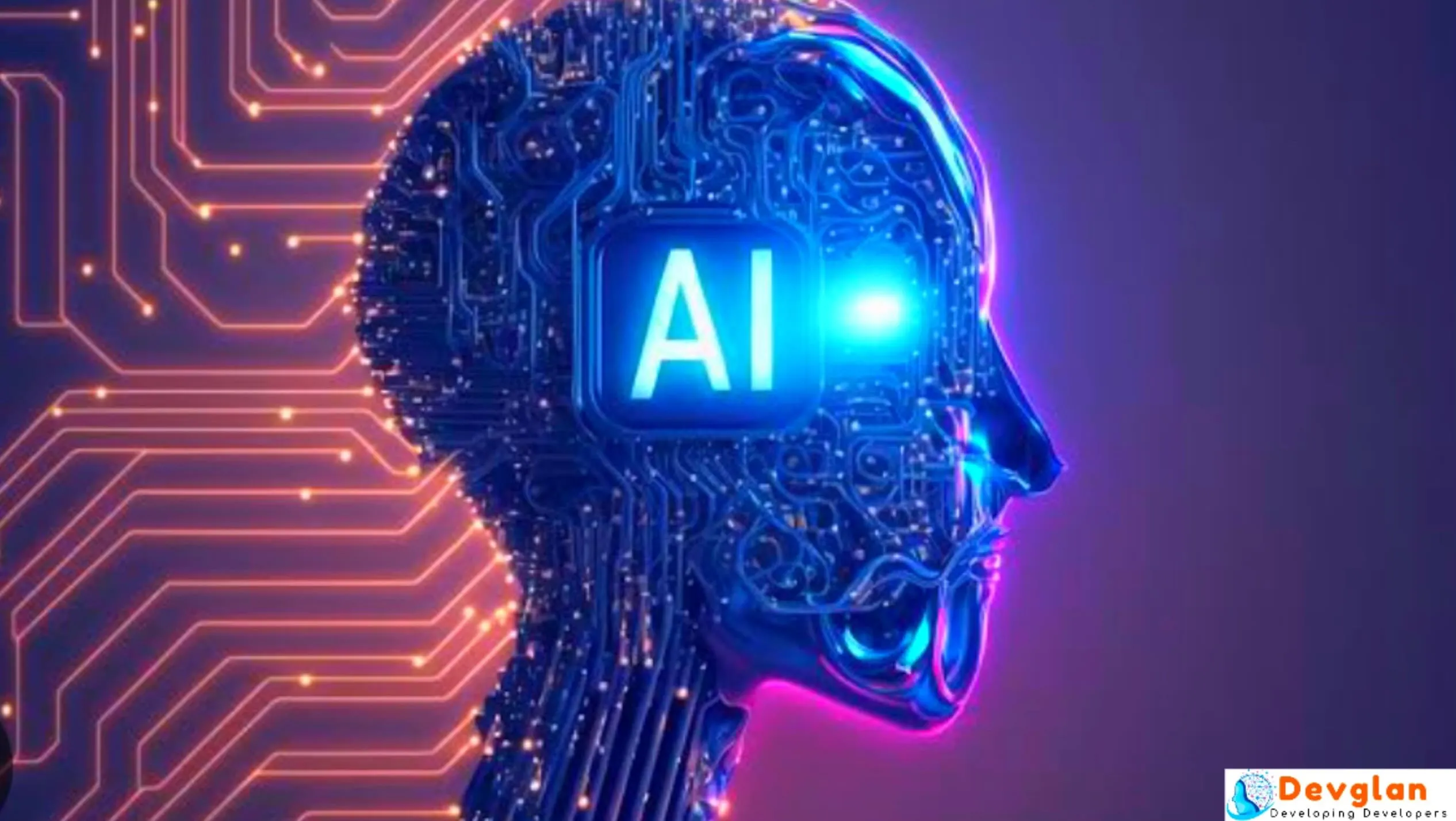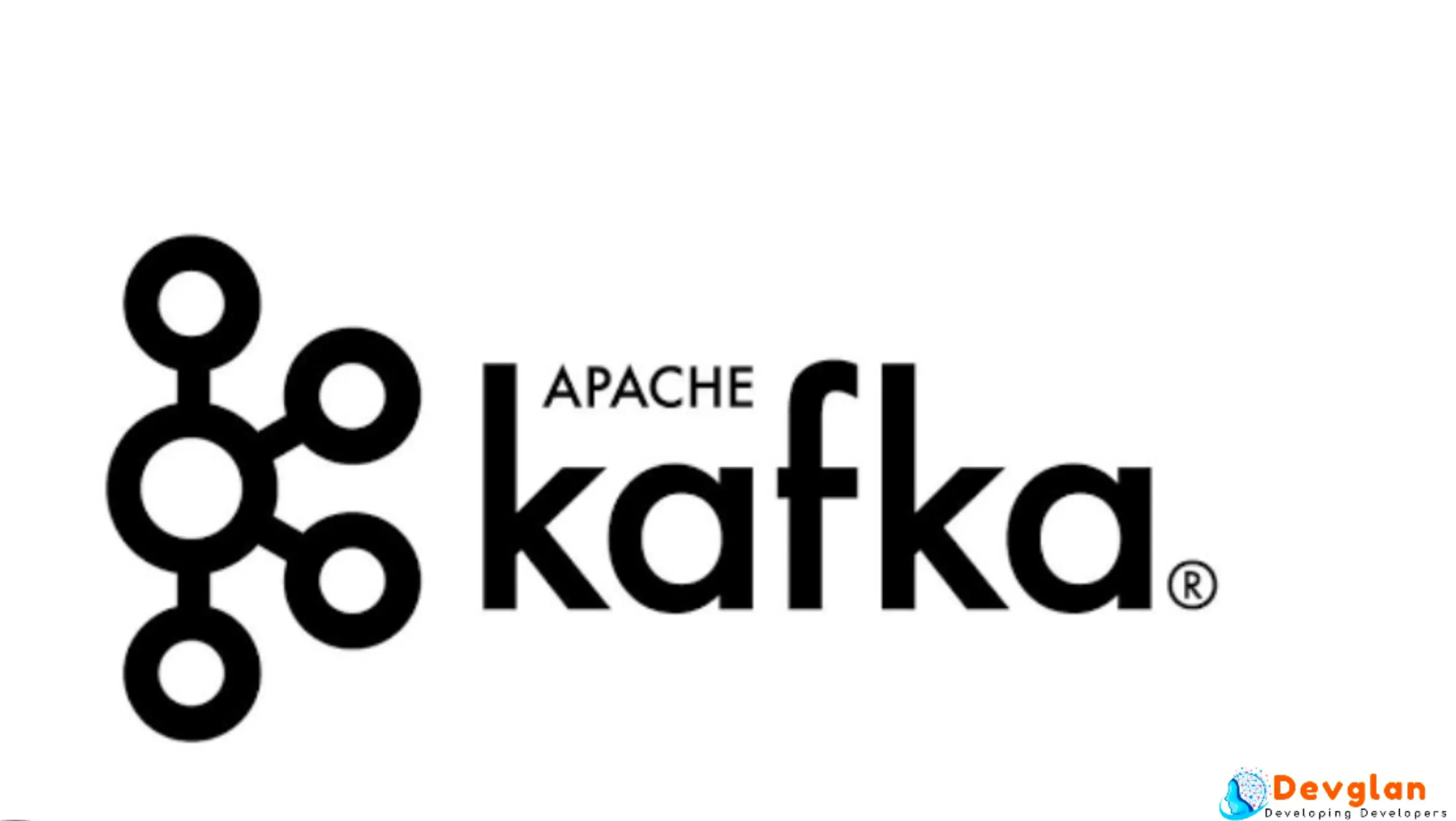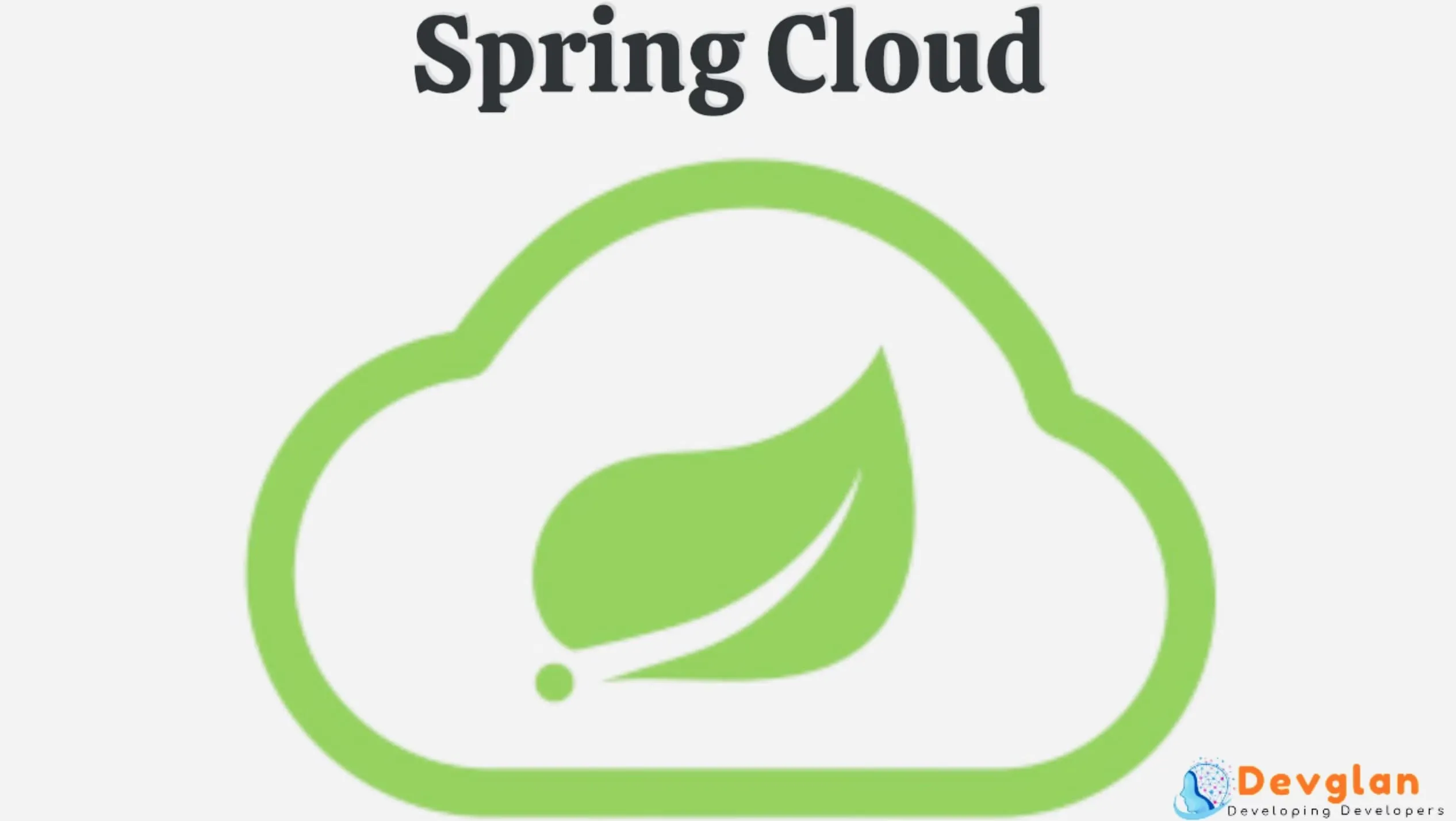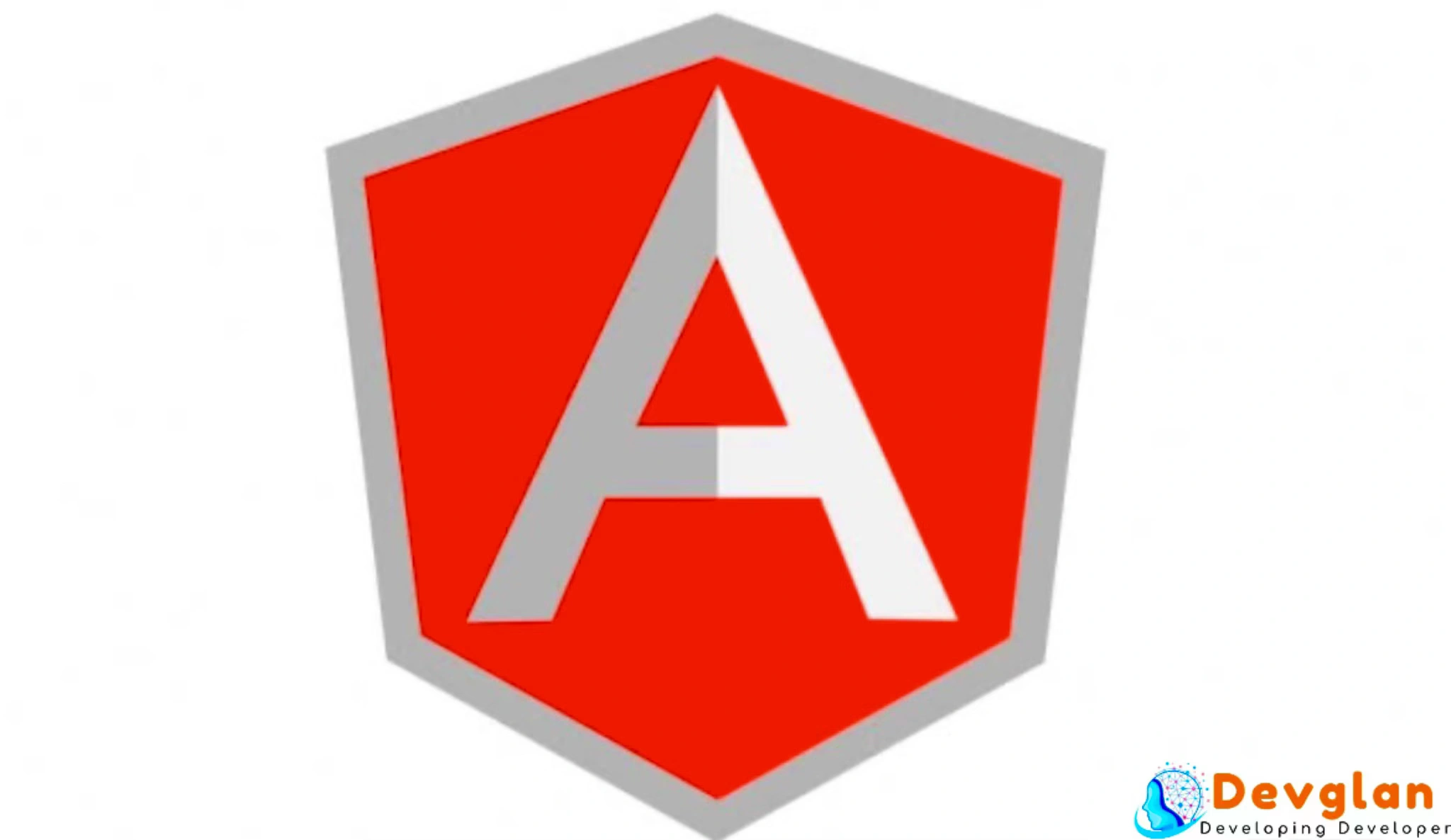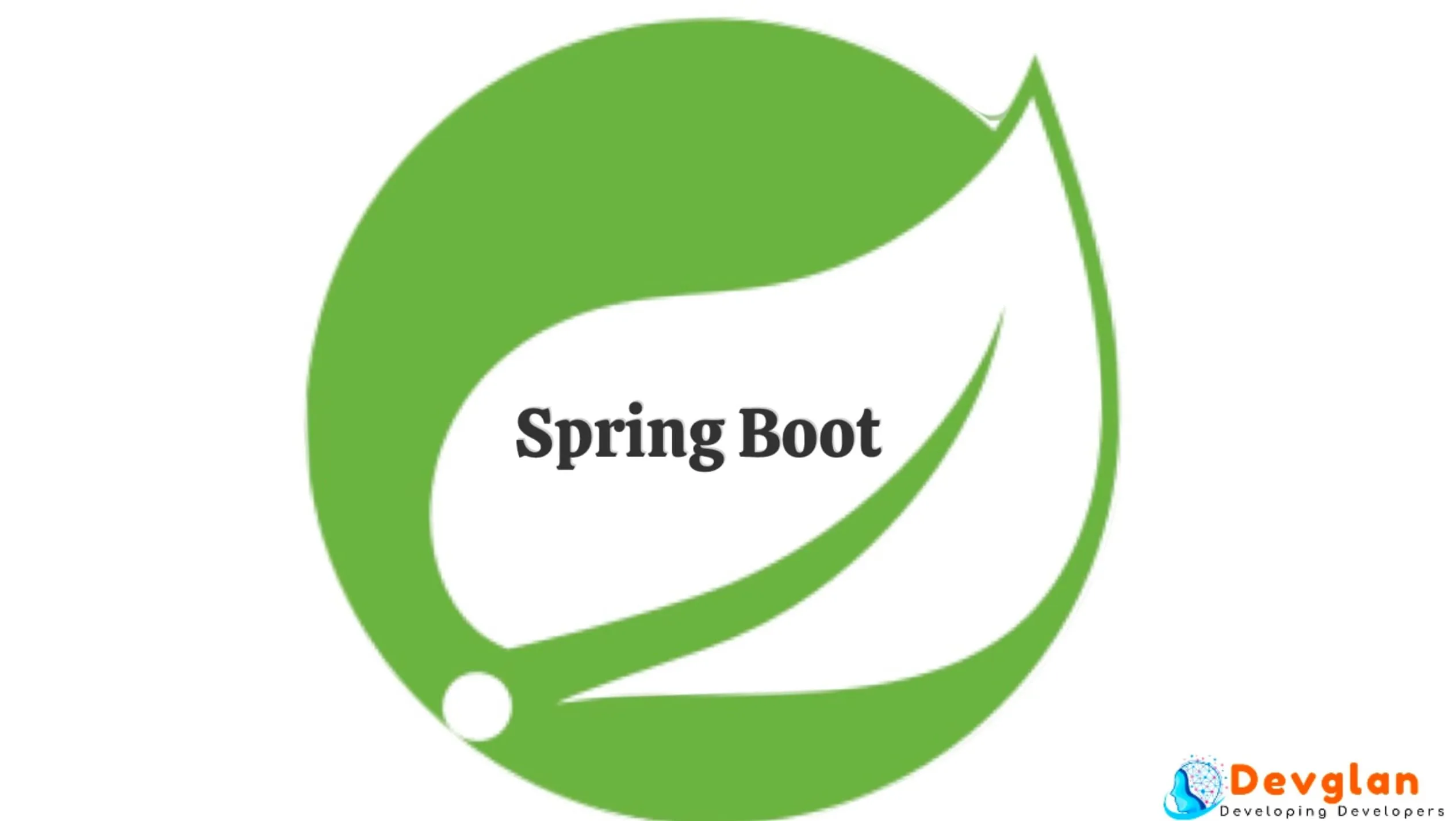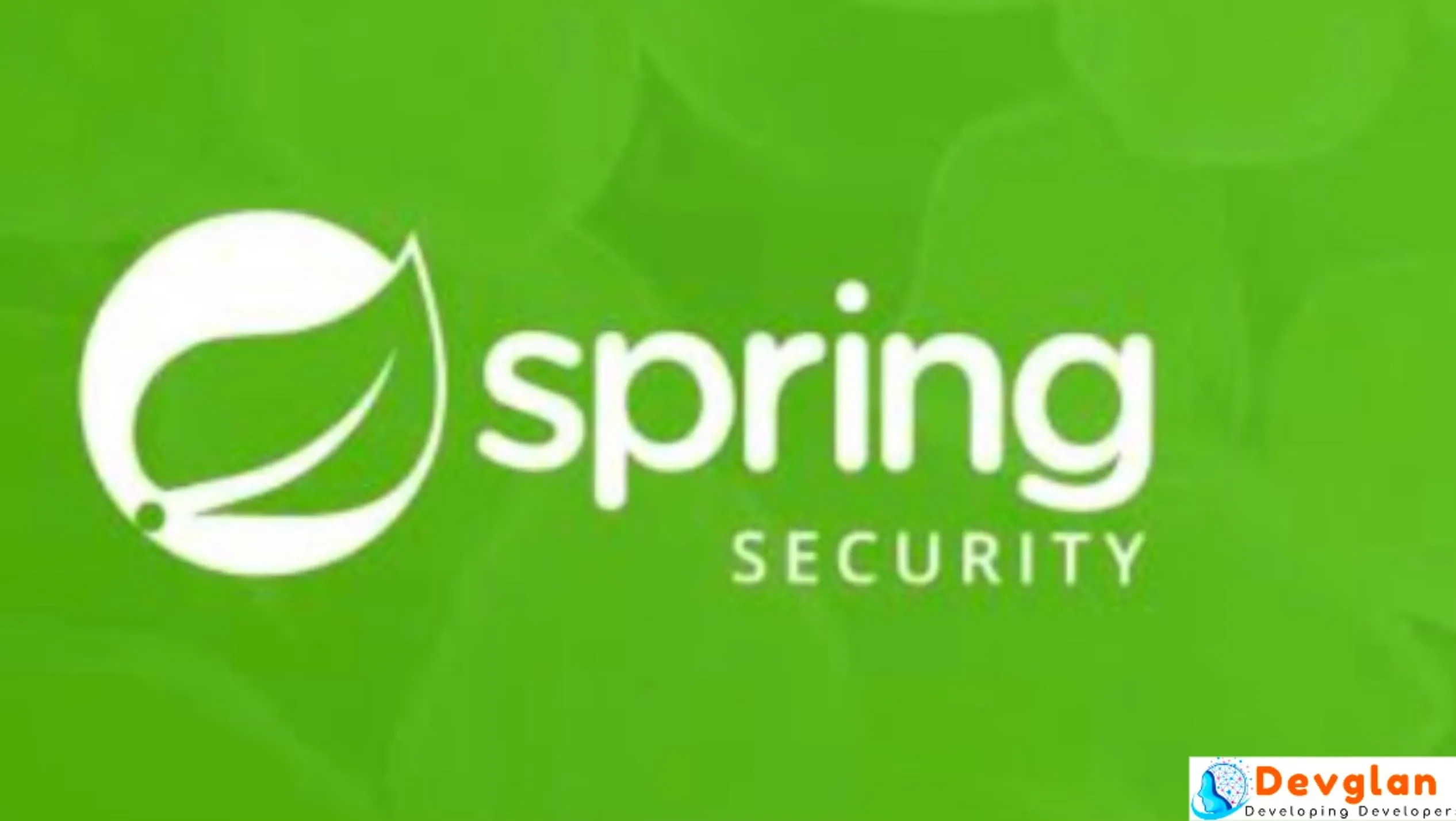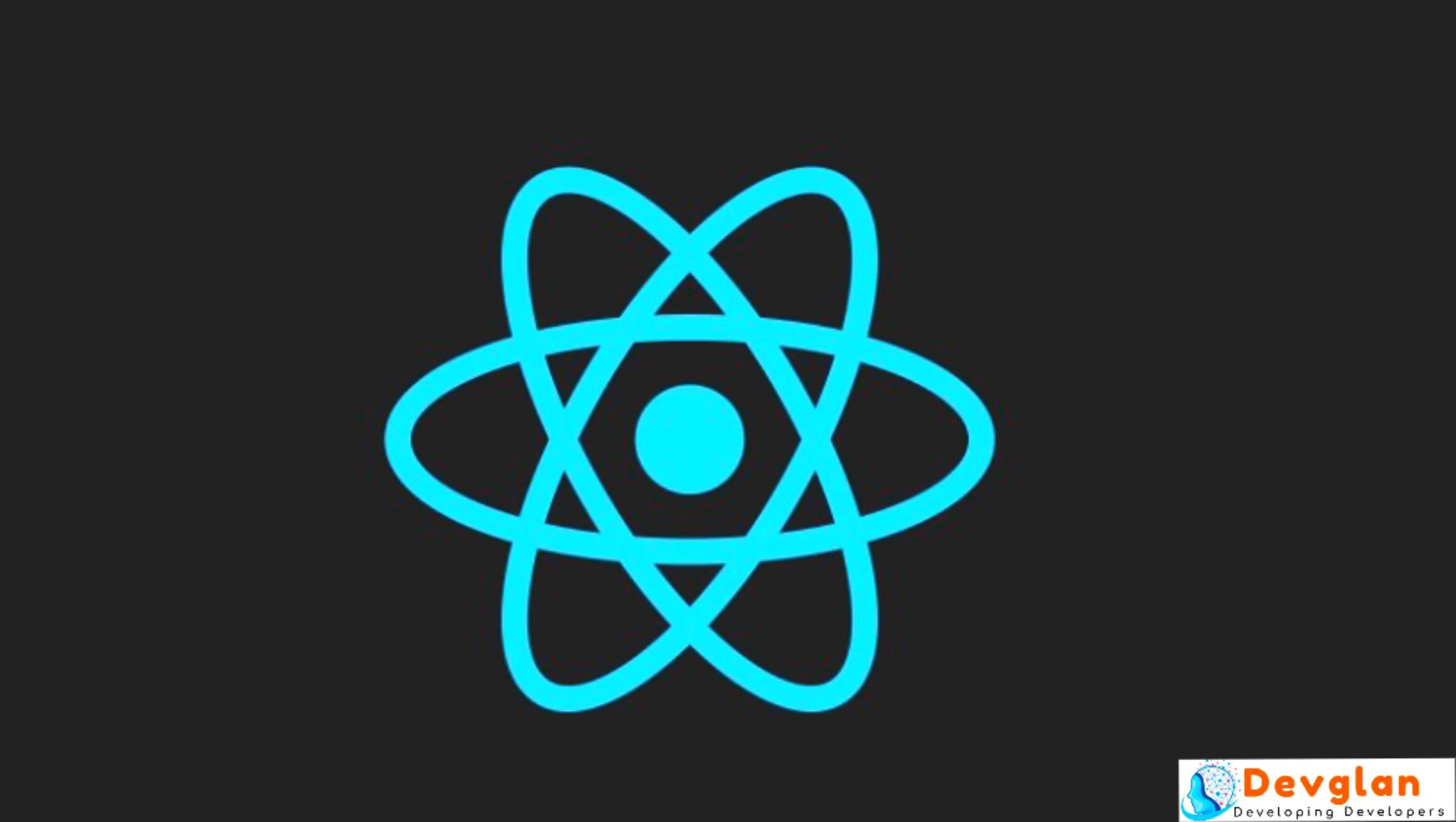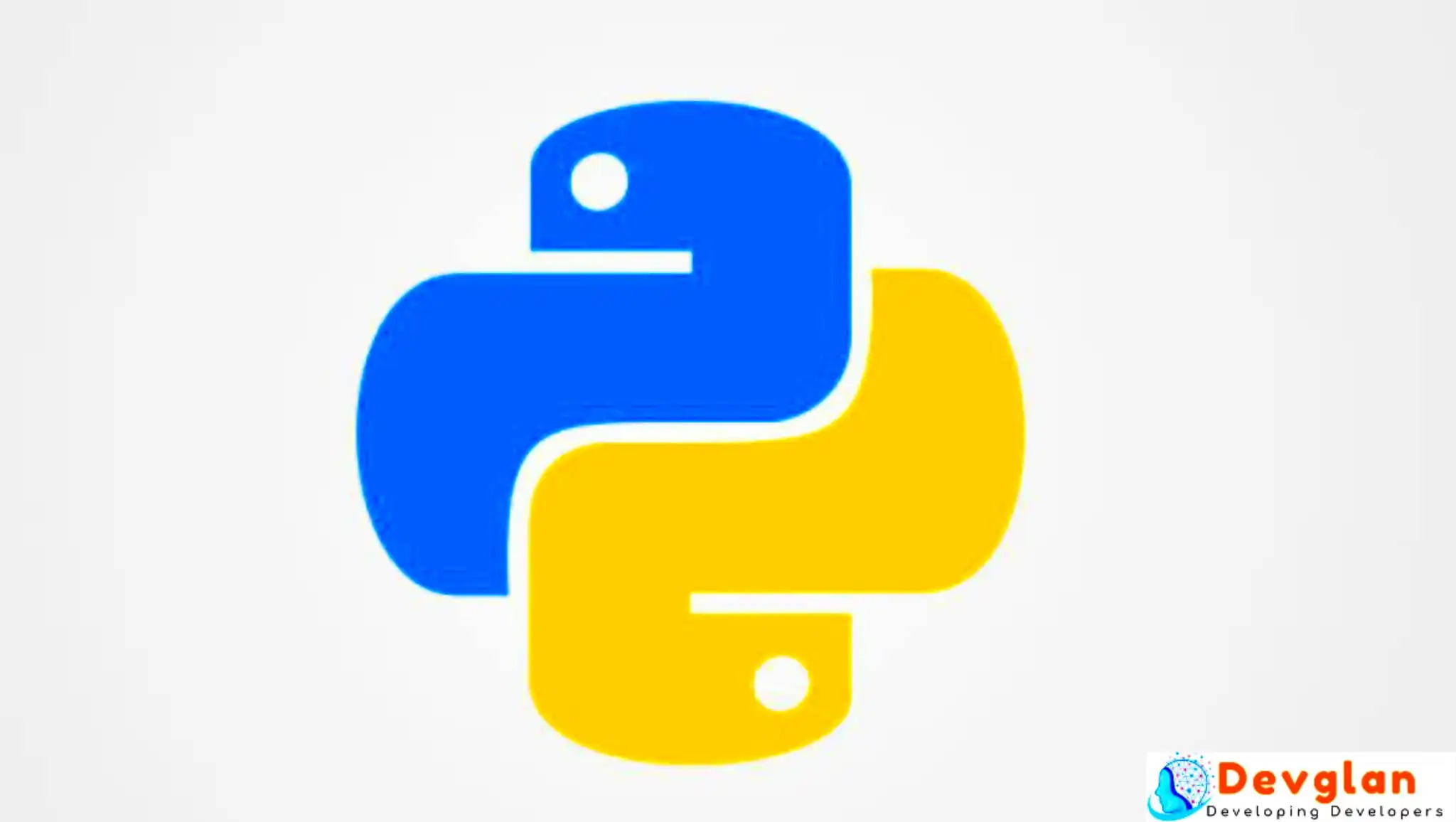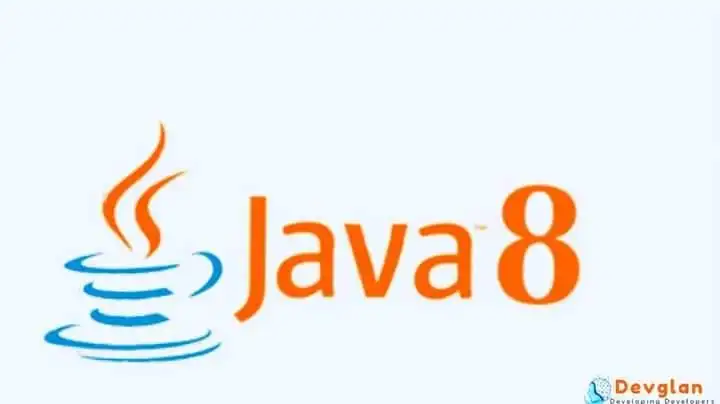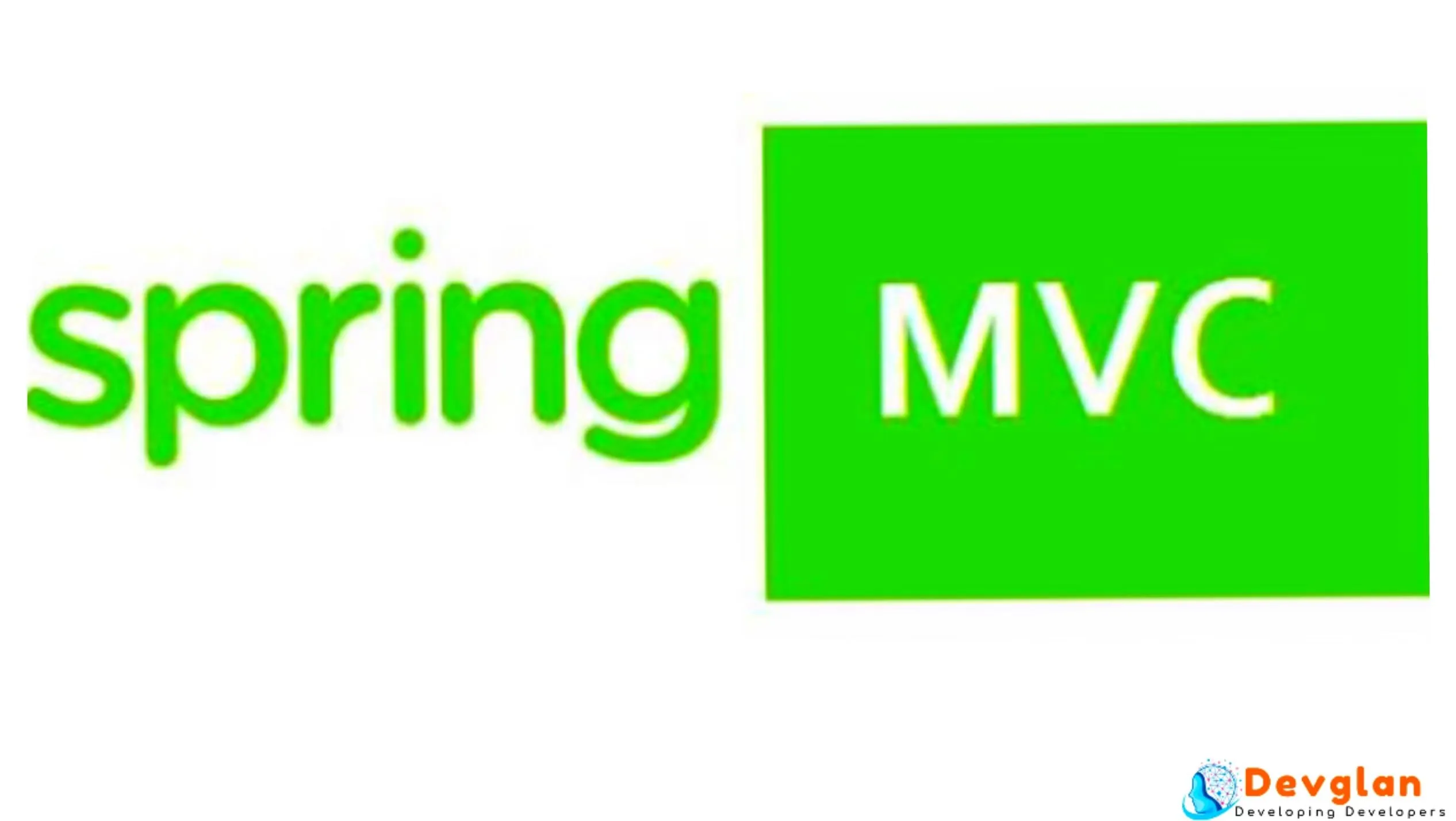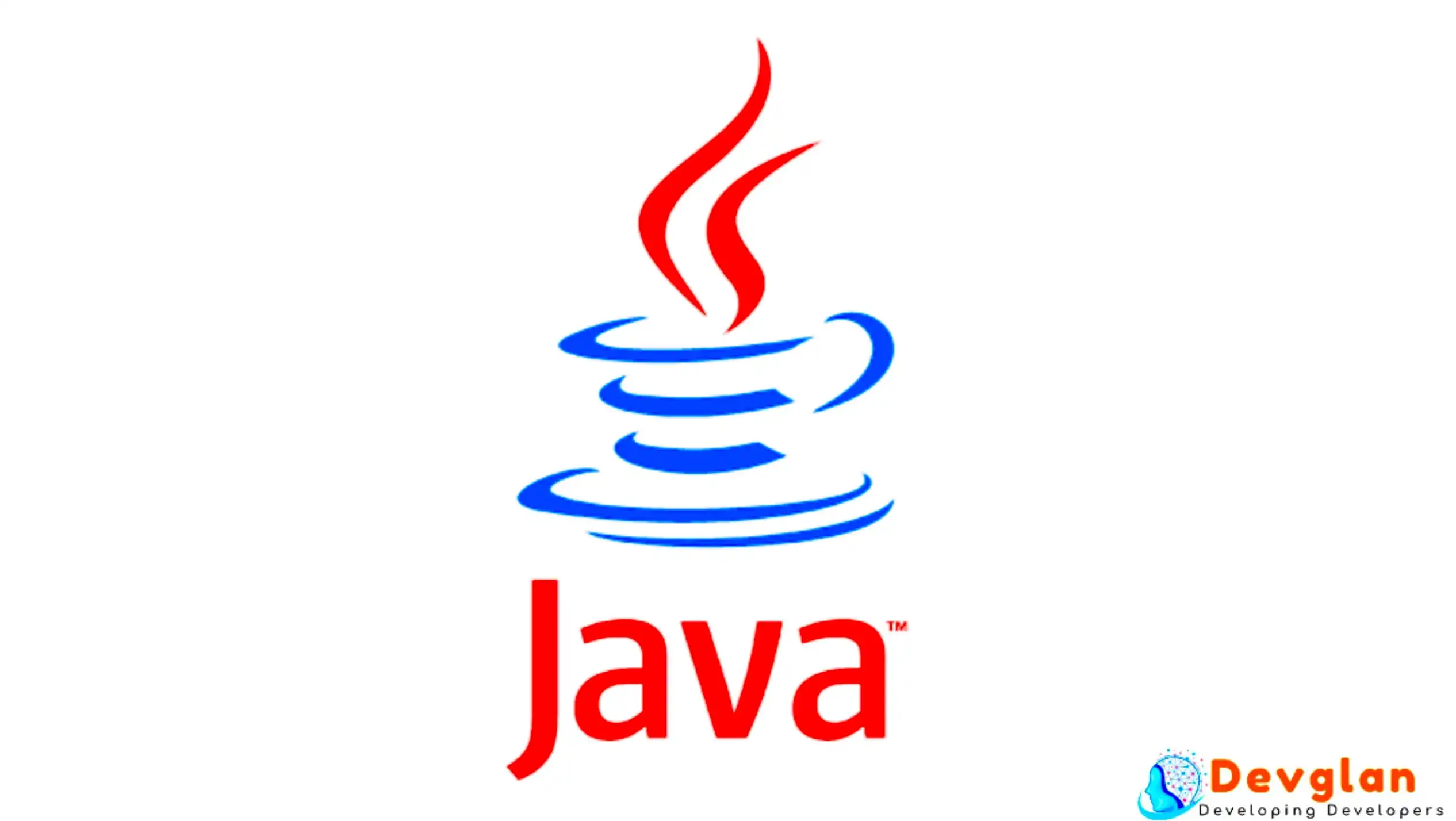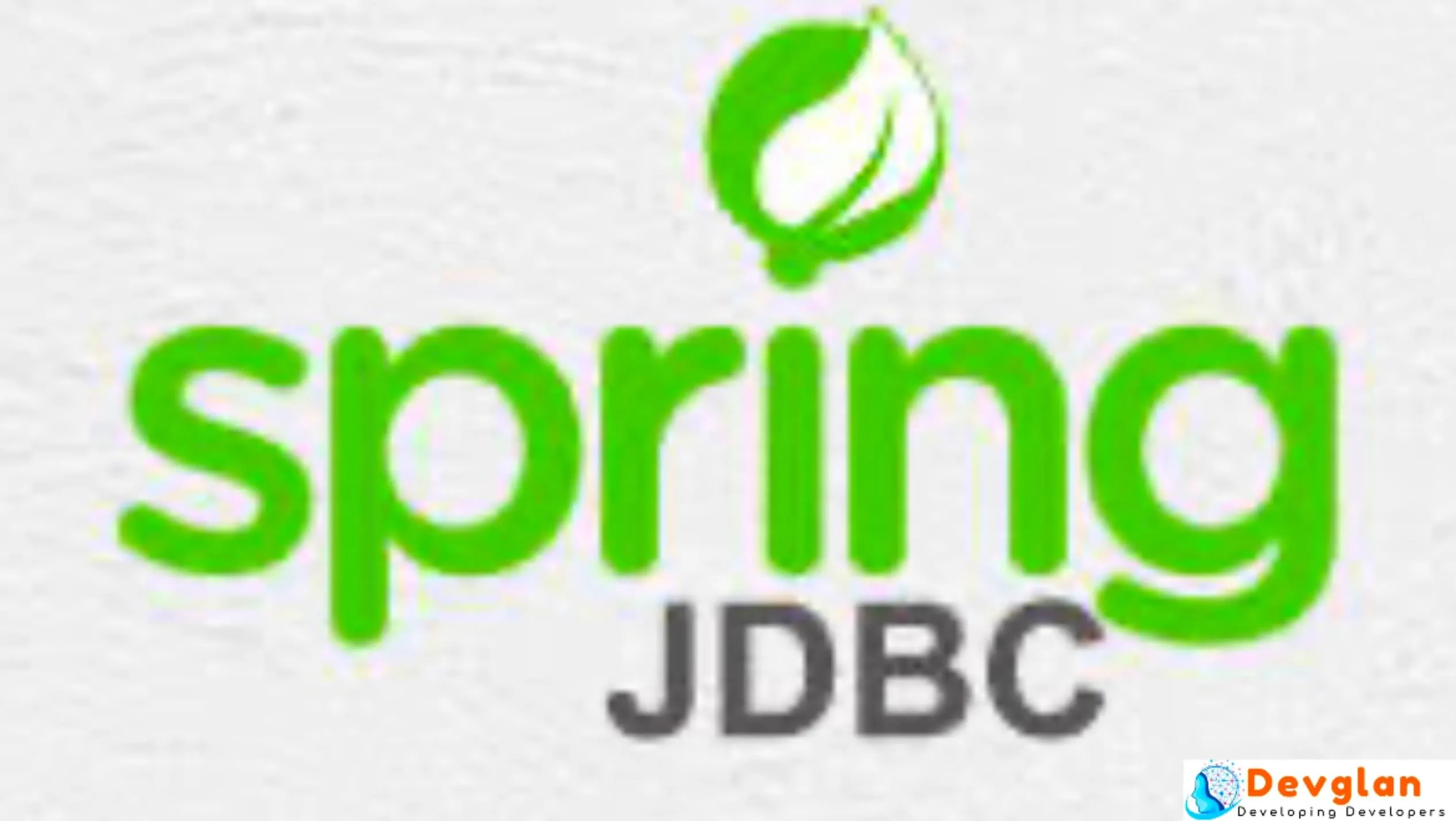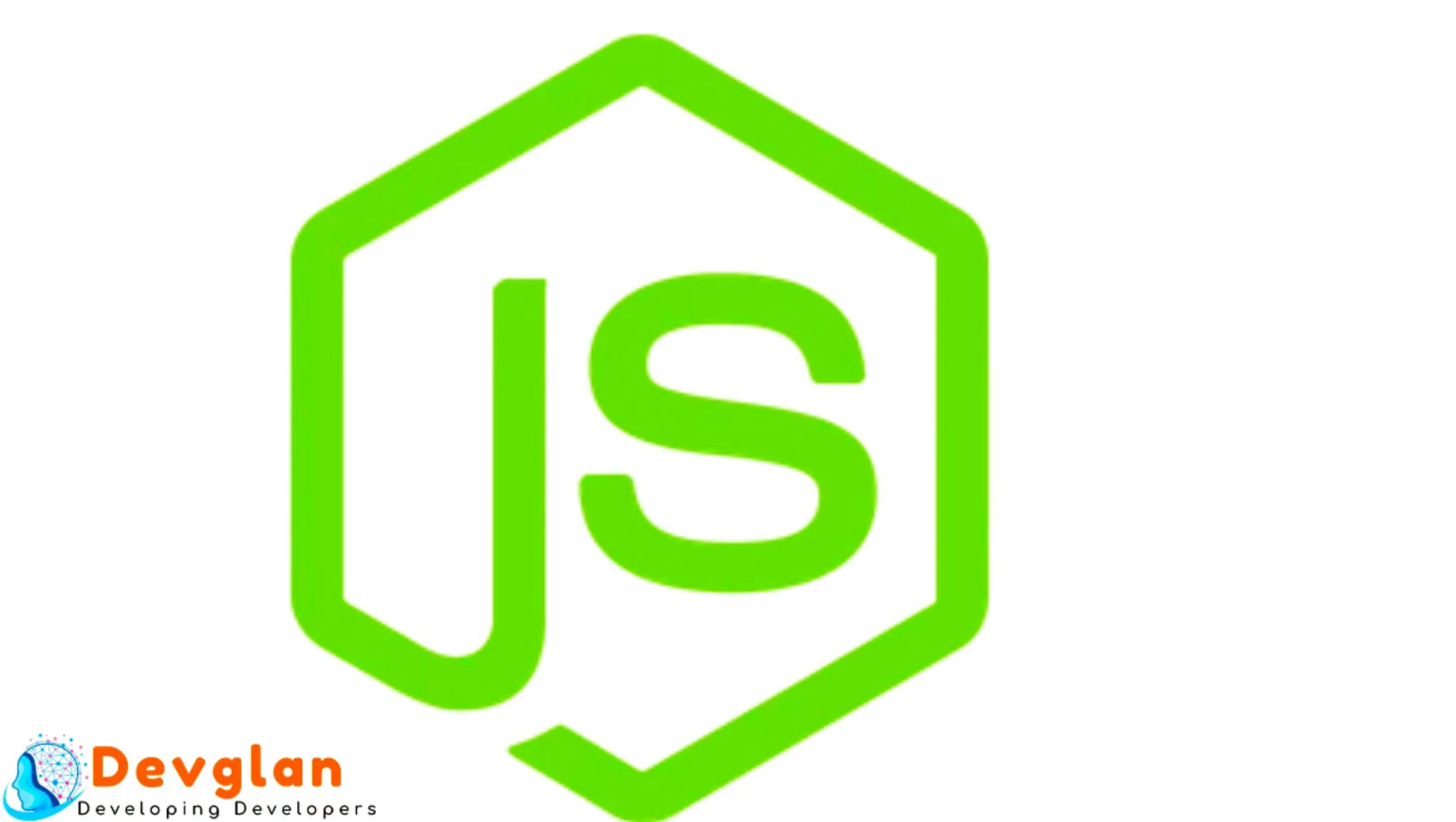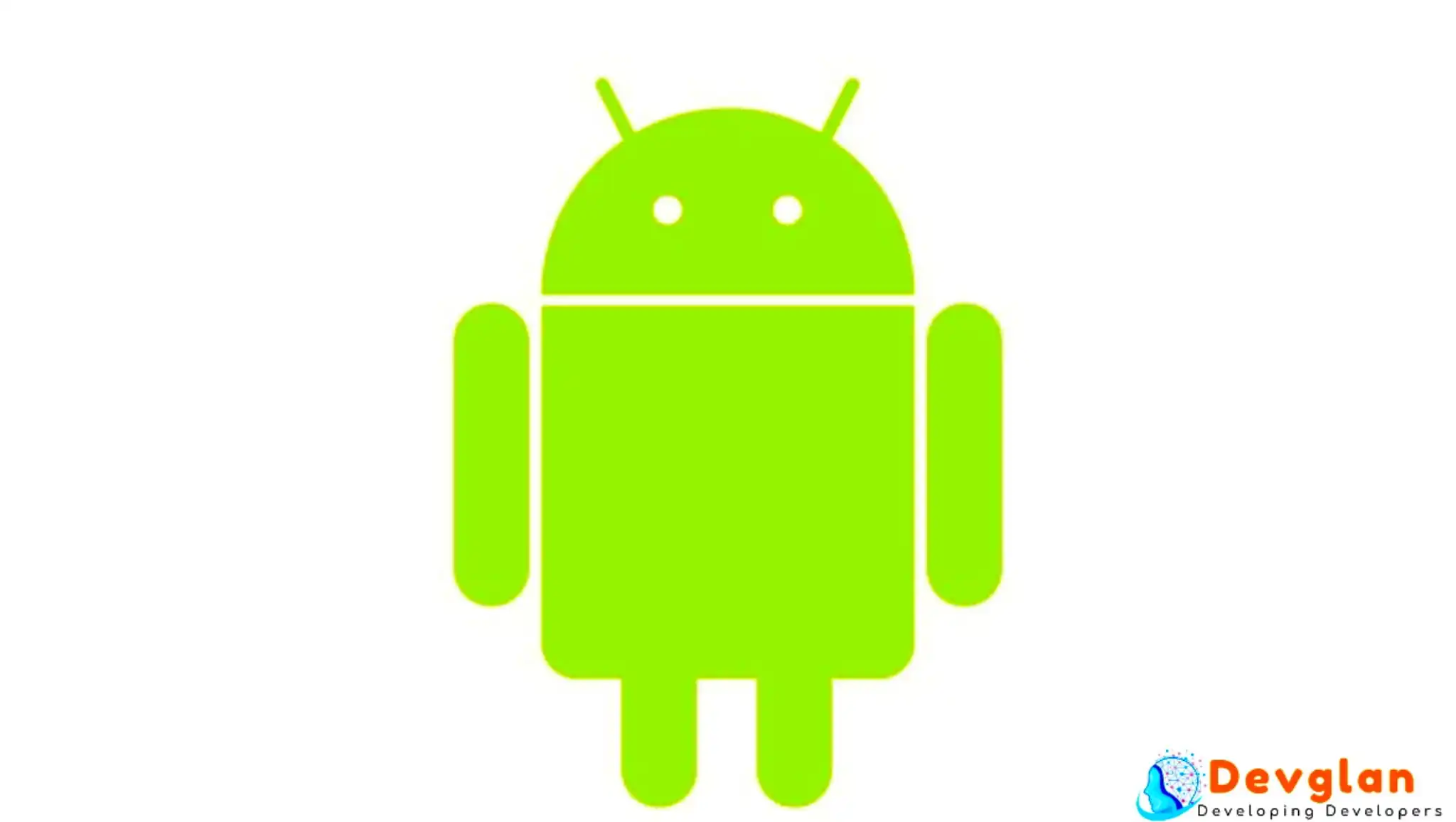The rise of AI in the creative world has ushered in breakthroughs, including text-to-image generators. While many are content with existing tools, there is a growing interest in producing your own text-to-image generator - either to meet unique requirements or to offer capabilities unavailable in current solutions. Building such a tool not only allows for personalization but also places creators at the forefront of AI innovation.
Why Create Your Own Text-to-Image Generator?
- Custom Functionality: By building your generator, you can design a system tailored to your creative or business needs. Whether it’s a specific style, language, or unique functionality, customization ensures the tool aligns perfectly with your vision.
- Brand Independence: Owning your AI tool eliminates reliance on third-party platforms, giving you full control over features, updates, and even monetization strategies.
- Competitive Advantage: Custom-built generators can include features not found in existing tools, setting your solution apart and offering a competitive edge.
Steps to Build a Text-to-Image Generator
- Understand the Technology: Text-to-image generation relies on advanced AI models, often based on deep learning architectures such as GANs (Generative Adversarial Networks) or diffusion models. Learning these concepts is a vital first step.
- Collect and Prepare Data: High-quality image datasets paired with descriptive text are essential for training the generator. Data can come from open-source datasets or be custom-collected, ensuring proper licensing and ethical considerations.
- Choose a Framework: Frameworks like TensorFlow or PyTorch are widely used for AI development. Alternatively, open-source libraries such as Stable Diffusion can provide a foundation for customization.
- Train the Model: Training a model requires substantial computational power and time. Utilize cloud-based GPUs or AI development platforms to manage these resources effectively.
- Test and Refine: Continuously test the outputs of your model and refine its architecture or training data as needed to ensure it produces accurate and creative results.
- Implement User-Friendly Interfaces: Develop an intuitive interface where users can input text and generate images seamlessly. Options include web-based platforms or mobile applications.
Use Cases for a Custom Text-to-Image Generator
Challenges in Building Your Generator
Developing a text-to-image generator demands technical expertise, resources, and significant time investment. Partnering with AI experts or leveraging open-source platforms can help overcome these challenges and accelerate progress.
The Future of AI Customization
As AI technology evolves, creating your own text-to-image generator will become increasingly accessible. Low-code or no-code platforms, pre-trained models, and modular components will simplify the development process, opening doors for more creators to innovate.
Conclusion
Producing your own text-to-image generator is an ambitious yet highly rewarding endeavor. It offers unparalleled customization, independence, and innovation opportunities. Whether for personal use or to gain a competitive edge, creating your own AI tool is a step toward redefining how visuals are crafted in the digital age.

